Making glass invisible - a nanoscience-based disappearing act
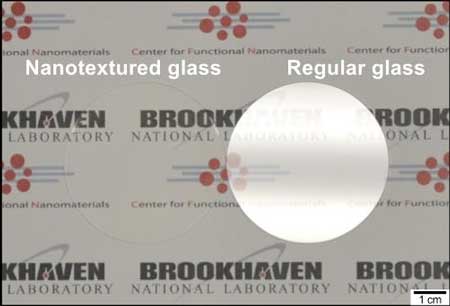 Researchers have demonstrated a method for reducing the surface reflections from glass surfaces to nearly zero by etching tiny nanoscale features into them.
Researchers have demonstrated a method for reducing the surface reflections from glass surfaces to nearly zero by etching tiny nanoscale features into them.
Oct 30th, 2017
Read more
 Researchers have demonstrated a method for reducing the surface reflections from glass surfaces to nearly zero by etching tiny nanoscale features into them.
Researchers have demonstrated a method for reducing the surface reflections from glass surfaces to nearly zero by etching tiny nanoscale features into them.
Oct 30th, 2017
Read more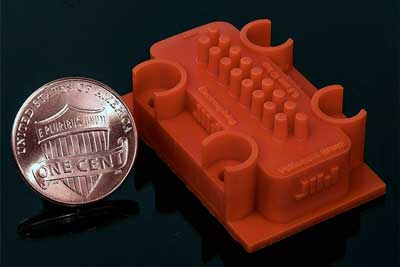 Printed nozzle system could make uniform, versatile fibers at much lower cost.
Printed nozzle system could make uniform, versatile fibers at much lower cost.
Oct 30th, 2017
Read more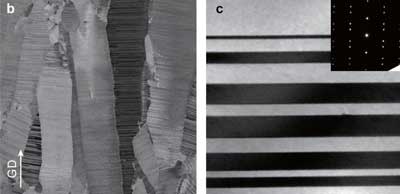 A new study shows how metals can be patterned at the nanoscale to be more resistant to fatigue, the slow accumulation of internal damage from repetitive strain.
A new study shows how metals can be patterned at the nanoscale to be more resistant to fatigue, the slow accumulation of internal damage from repetitive strain.
Oct 30th, 2017
Read more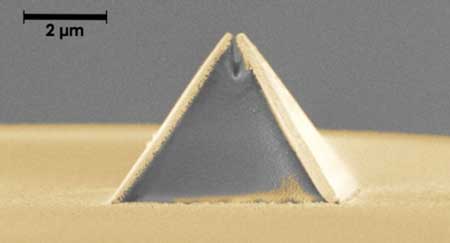 Researchers bring mass fabrication to nano-optical devices.
Researchers bring mass fabrication to nano-optical devices.
Oct 30th, 2017
Read more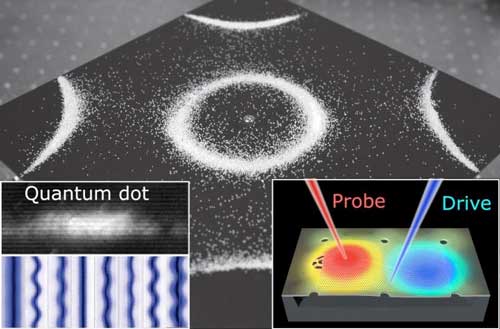 Innovative device could lead to the development of new sensing technologies.
Innovative device could lead to the development of new sensing technologies.
Oct 30th, 2017
Read more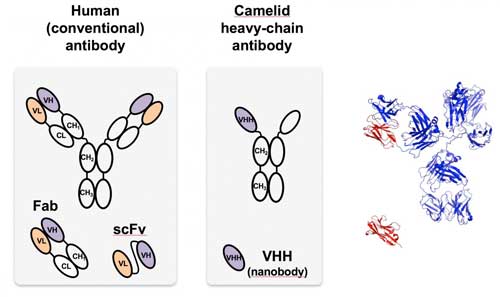 A nanoscale antibody first found in camels combined with a protein-degrading molecule is an effective new platform to control protein levels in cells.
A nanoscale antibody first found in camels combined with a protein-degrading molecule is an effective new platform to control protein levels in cells.
Oct 30th, 2017
Read more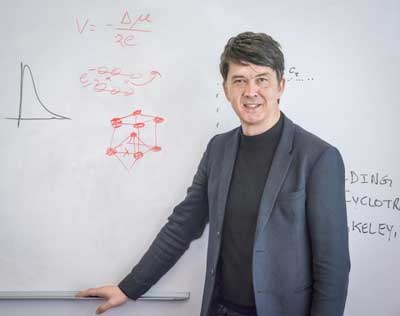 Scientists report major progress in cathodes made with so-called 'disordered' materials, a promising new type of lithium battery.
Scientists report major progress in cathodes made with so-called 'disordered' materials, a promising new type of lithium battery.
Oct 30th, 2017
Read more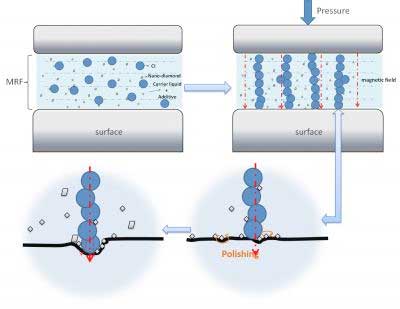 Researchers have found that nanodiamond has significant impact on the performance of magnetorheological fluids (MRFs). The shear yield strength and settling stability of the MRFs were found to have potential to be highly enhanced through the process.
Researchers have found that nanodiamond has significant impact on the performance of magnetorheological fluids (MRFs). The shear yield strength and settling stability of the MRFs were found to have potential to be highly enhanced through the process.
Oct 30th, 2017
Read more Some biomaterial interfaces feature some highly unusual applications of engineering.
Some biomaterial interfaces feature some highly unusual applications of engineering.
Oct 30th, 2017
Read more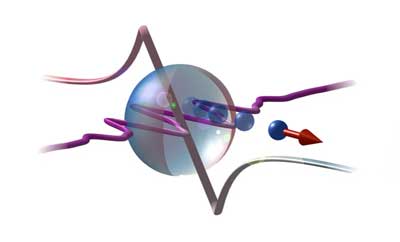 Scientists shown how electrons can be accelerated in an extreme and well-controlled way with laser light, while crossing a silver particle of just a few nanometers.
Scientists shown how electrons can be accelerated in an extreme and well-controlled way with laser light, while crossing a silver particle of just a few nanometers.
Oct 30th, 2017
Read more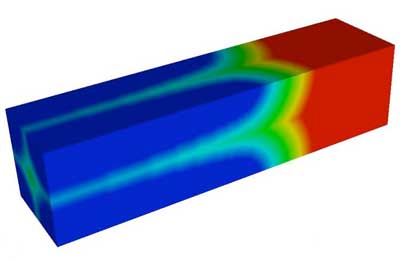 New study reveals unknown details about common lithium-ion battery materials.
New study reveals unknown details about common lithium-ion battery materials.
Oct 30th, 2017
Read more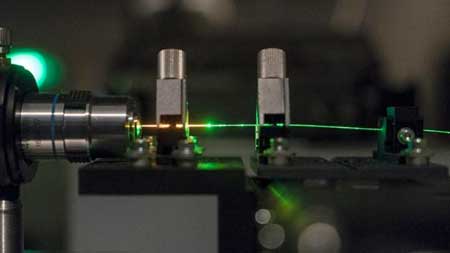 At its most basic level, a random laser is precisely what its name implies; random. So, how do you control some of the randomness to make useful devices? It's a question that's led a team of researchers to a discovery that's taking laser technology to the next level.
At its most basic level, a random laser is precisely what its name implies; random. So, how do you control some of the randomness to make useful devices? It's a question that's led a team of researchers to a discovery that's taking laser technology to the next level.
Oct 27th, 2017
Read more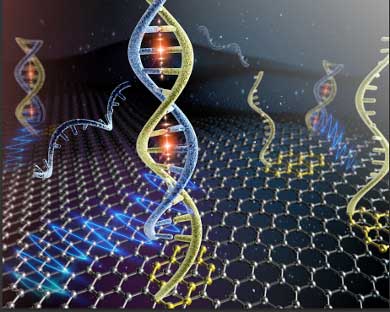 Next generation graphene electronic biochemical sensor devices are able to detect very low amounts of HIV DNA thanks to their very low electronic noise.
Next generation graphene electronic biochemical sensor devices are able to detect very low amounts of HIV DNA thanks to their very low electronic noise.
Oct 27th, 2017
Read more About four years ago, a research team got a lab result that even he couldn't quite believe. As with most scientific surprises, it goes against all conventional wisdom: the first evidence of a protein that could conduct electricity like a metal.
About four years ago, a research team got a lab result that even he couldn't quite believe. As with most scientific surprises, it goes against all conventional wisdom: the first evidence of a protein that could conduct electricity like a metal.
Oct 27th, 2017
Read more Researchers have developed a molecule integrating a wire with a diameter of only a single atom. They discovered that the current can be regulated via this molecular wire.
Researchers have developed a molecule integrating a wire with a diameter of only a single atom. They discovered that the current can be regulated via this molecular wire.
Oct 27th, 2017
Read more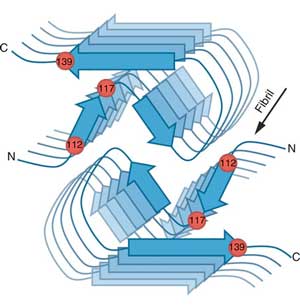 Researchers describe a new technique for creating novel nanoporous materials with unique properties that can be used to filter molecules or light.
Researchers describe a new technique for creating novel nanoporous materials with unique properties that can be used to filter molecules or light.
Oct 27th, 2017
Read more